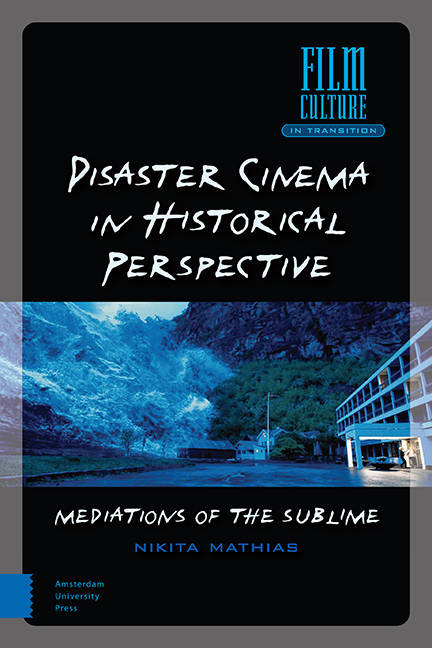Summary
Abstract
The starting point of my historical trajectory (the iconography of the sublime) is the second half of the eighteenth century. This was when the aesthetic appreciation of natural disaster events and the establishment of the sublime as a category of landscape perception became closely intertwined. Mapped out as a dense network of discourses, practices, and cultural phenomena, my analysis of this historical constellation stretches from, among others, seventeenth-century Dutch landscape painting and art academic understandings of the sublime to the Lisbon earthquake of 1755, the Picturesque, and natural scientific discourses to Grand Tour travelers and modern mass tourism.
Keywords: British Royal Academy of Arts, Pseudo-Longinus, Salvator Rosa, History of Literature, the Picturesque, the Geological Sublime
The aim of this and the next two chapters is to trace and describe the establishment and the aesthetic, cultural, and media technological development of the iconography of the sublime. The artistic genres and media encompassing this trajectory range from different modes of landscape painting up to nineteenth-century entertainment devices such as the Panorama and the Diorama. A crucial period within this historical narrative is the second half of the eighteenth century. During these decades, the concept and aesthetic category of the sublime was widely popularized and became the primary mode of experience of nature's terrible sites. This was the time when an iconography of the sublimity of landscape and catastrophic events was initially established, parallel to a general aesthetic revaluation of natural disasters and an increased interest in and demand for visualizations of the same.
As has been stated in the previous chapter, two crucial historical phenomena coinciding with the iconographical strand of the sublime are the establishment of the modern subject-observer, as described by Jonathan Crary, and the media history of immersion, some of whose most decisive cases will be discussed in terms of their ability to mediate and stage sublime disaster events.
- Type
- Chapter
- Information
- Disaster Cinema in Historical PerspectiveMediations of the Sublime, pp. 37 - 64Publisher: Amsterdam University PressPrint publication year: 2020

